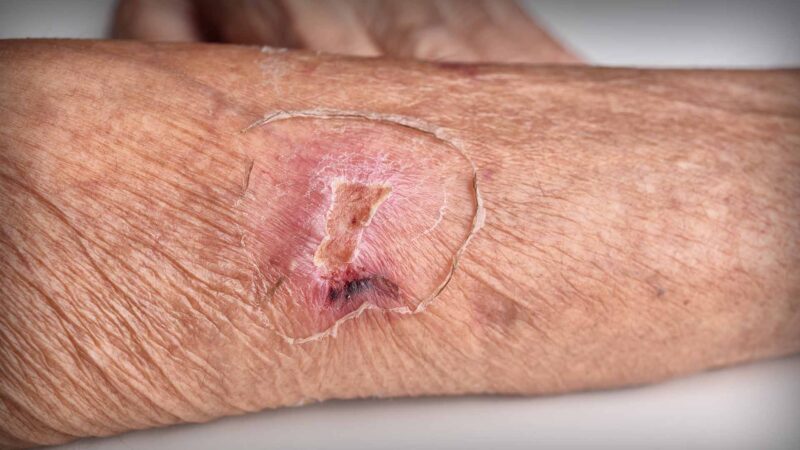Unlike Emergency Departments that operate within public hospitals and some private hospitals, a Walk-in Specialist Emergency Clinic is located in the community and designed to provide comprehensive, coordinated acute care – from initial consultation and diagnostic services, to treatment and specialist referral if required – without the patient having to visit a hospital.
The first WiSE Clinic opened in Macquarie Park (North Ryde), New South Wales in early 2017, delivering immediate medical care when accidents or emergencies require more than a GP visit and are considered non-life threatening or unlikely to require admission to hospital.
Australian health journal spoke to the visionary, founder and CEO behind this WiSE Specialist Emergency clinic, Dr Pankaj Arora.
Dr Arora talks about the origins of his journey in emergency departments working in four continents as an Emergency Room physician for the past 28 years. His passion is to develop health care systems to help acute care in the community.
Stating 70% of people presenting at Emergency Departments in Australian Hospitals, not getting admitted, 7 years ago Dr Arora modelled these patients presenting to ER but breaking away from the hospital setting. This break away setting would deliver treatment by a team of doctors, allied health specialists, radiology, fracture clinic, chest pain clinic, TIA clinic, early pregnancy clinic and pathology services all co-located in the single facility.
Since putting the model in place and opening in 2017, the Macquarie Park WiSE Emergency Specialist Clinic has treated over 70,000 patients. Dr Arora sees it as a very efficient and cost effective model, where the patient is seen by a specialist in a multidisciplinary team within half an hour and receives results within an hour. He emphasises the clinic has not replaced General Practice nor the Emergency Department in hospital.
From the success of the Macquarie Park, NSW clinic, last year Dr Arora set his plans in motion to open a 2nd WiSE emergency specialist care clinic, this time in Queensland. This happened only after 3 years of planning and modelling prior to the opening of the new centre in September 2022. However since opening in Robina, Gold Coast, the new WiSE clinic has been treating on average 20 patients per day – a faster rate than the first 6 months of the Macquarie Park, NSW clinic.
In closing Dr Arora talks about the differences between the WiSE model and urgent care clinics. Scaled down versions of emergency care departments in urgent care centres fail to address the treatment required for patients between General Practice and at hospital emergency departments.
His plans now include opening 10 clinics in the next 5 years, with an expectation that 20-50 clinics would be needed across Australia in the medium to long term.
You Might also like
-
Smart technology in wound care
Throughout her journey around wound care, Santosh Kaur was frustrated to see the simple gaps in wound care resulting in negative patient outcomes. Santosh is the founder of SmartHeal which launched in 2020.
SmartHeal replaces the nurses taking cumbersome manual measurements and manual sharing of important wound data with a no touch technique. It aims for healthcare professionals to have live remote access to wound data, make wound assessments and assist with speech to text notes thus saving time, cost and people. SmartHeal also aims to assist healthcare professionals in providing optimum wound care by analysing the wound tissue for infection, moisture and providing suggestions for suitable dressing.
-
Understanding factors of persistent lower back pain in women
Lizzy Quinn is a Musculoskeletal Physiotherapist with 20 years experience focusing on people with spinal pain. Australian Health Journal spoke with Lizzy on the complexities of persistent lower back pain in women.
Lower back pain in women in their 30s, 40s, and 50s is complex to treat due to the combination of physical and emotional factors, and health professionals need to stay updated on best practices and science to provide the best recovery platform for patients. These women typically have busy lives, pressures, and expectations.
-
Australian Teletrial Program reaches significant milestones in trials and participants
Launched in 2022, the Australian Teletrial Program is an initiative designed to improve access to clinical trials for people living in regional and remote areas of Australia. It uses telemedicine and digital technologies to enable patients to participate in clinical trials without needing to travel long distances to major metropolitan centres, which can often be a barrier to participation for those in rural and isolated locations.
Recently Australian Health Journal met with Kaye Hewson, Director, Australian Teletrials Program, who spoke about the program’s recent achievements.



